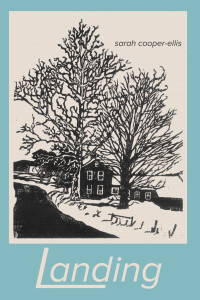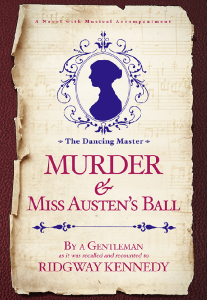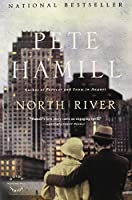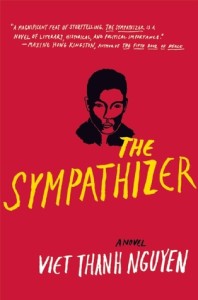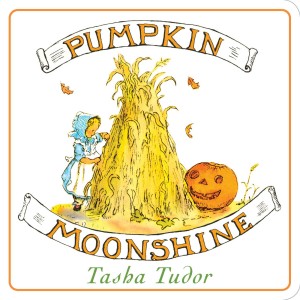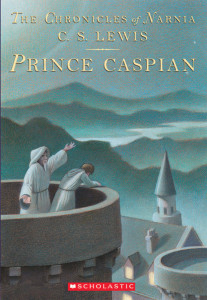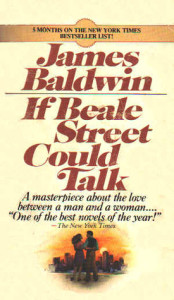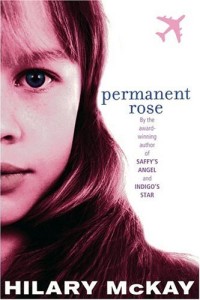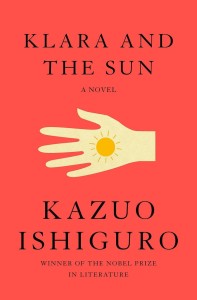
Two aging Irish gangsters sit in the Algeciras ferry terminal. It’s October 2018 and, though they’ve been drug dealers since their teens together back in Cork, earning fabulous sums and losing them in failed business deals and their own drug habits, that’s not why they are there waiting for the next boat from Morocco to arrive. They pester the young man behind the hatch in the INFORMACIÓN booth since they don’t understand the Spanish announcements over the PA. He ignores them.
Maurice Hearne and Charlie Redmond sit on a bench just a few yards west of the hatch. They are in their low 50s. The years are rolling out like tide now. There is old weather on their faces, on the hard lines of their jaws, on their chaotic mouths. But they retain – just about – a rakish air.
They are in search of Maurice’s 23-year-old daughter who left Ireland after her mother’s death to wander the earth among other new age travellers. The two men have information—having “persuaded” a young traveller earlier—that she will be coming through the ferry terminal on this day. They hand out missing persons posters and question the tired, distracted passersby.
Dilly Hearne, Charlie says. She’s a small girl. She’s a pretty girl.
She may just possibly have done us over, Maurice says.
It’s in her blood to, Charlie says.
Green eyes, Maurice says. Off the mother she took a lovely set of Protestant eyes.
Cynthia. God rest her. She had the palest green eyes.
They were like the fucking sea, Maurice says.
Among the chapters in the terminal that read like a screenplay are other chapters set in the past, flashbacks that illuminate the incidents that got them to this place. Fractured, as memories are, the flashbacks help us understand the old weather on the men’s faces. “He was more than possessed by his crimes and excesses – he was the gaunt accumulation of them.” They help us understand what it is to be an Irish man riding the wave of the Celtic Tiger and then stranded by its withdrawal and their own failures.
They were hammering into the Powers, the John Jameson, it was breakfast from the bottle and elevenses off the mirror. The child would as well be raised by the cats that sat lazily in what April sun troubled itself to come across the rooftops of Berehaven.
These are damaged men: physically, emotionally, morally. It’s the last that stands out for me. Instead of romanticised gangsters, we get real men and their crimes, the risks and violence, and the effect of all that trauma on their souls. One could complain that there’s no mention of the effects on their victims, other than neglected baby Dilly. Yet that omission comes across as genuine: we are in Maurice and Charlie’s point of view, and how their doings might hurt others is simply not something that would occur to them.
Equally, their limited point of view explains why Cynthia, Maurice’s wife and Dilly’s mother, seems not fully fleshed out. Even when talking about his great love for her, it’s all about Maurice: “He adored Cynthia the first time he saw her. When she turned the twist of a smile on him, he felt like he’d stepped off the earth.” And “The first six months on heroin with Cynthia were the most beautiful days of all time. Love and opiates – this is unimprovable in the human sphere.”
Yet Barry is brilliant with tiny evocative characterisations. Here’s his description of a farmer that Maurice meets in a mental hospital: “Some misfortune netted from the hills of the country, Maurice guessed, who listened to the rain too insistently, maybe, until he took his instructions from the voices within it.”
Barry’s descriptions of place are equally strong, summoning atmosphere through sometimes surprising images:
It was a little after 4 a.m. on a January night. It was in the long, cold sleep of the winter. The shapes of the city were blocked out above the dark river, against the moonless sky. On the southside quays only the ghosts of the place traipsed by the doorways or idled on the steps of the river wall with their stories of old love. The black surface of the river moved the lights of the city about. It was hard not to believe sometimes that we were just the reflection, and that the true life existed down there in the dark water.
In an interview with the LA Times, Barry said “No matter what I’m writing, whether it’s a short story or a novel, it almost always starts with a place. It’s the atmosphere the place gives off, the vibration you get off the place, that’s usually what creates the desire to write something in response to it.”
Algeciras is certainly a perfect place to draw out the contradictions of these characters. Terminals—whether ferry or airport—are liminal spaces, despite the finality of their name. Similarly, stations—bus or railroad—make me feel as though I’ve stepped out of my life into a sort of limbo. What better place to take a hard look at what you’ve done with your life.
The flow of language carries you along irresistibly, page after page, a brilliant example of dialogue where all the meaning is in the subtext. You think it’s just kerfuffle and then you see it’s a lot more. The dialogue is also a great example of how to suggest dialect with word choice and order.
In the same LA Times interview, Barry said of the book, “It’s built on talk . . . It’s built on dialogue. One of the interesting things about Irish people is talk. We love the sounds of our own voices. We talk a lot and say very little. It’s what’s going on under the surface of the talk is what’s interesting.” He also said, “I think every good story or novel has its own kind of tune or a melody, and as a writer what you’re doing is trying to hear the music of it.” It’s that music that lures you on.
It’s true that I’ve been trying to read different voices, and there’s certainly no lack of novels about white male gangsters. Yet I could have happily listened much longer to these two men talk, with their humor and profanity and their evocation of a long friendship. But what makes this book stand out for me, more than its humor, beautiful descriptions and incredible dialogue, is its moral discernment, its subtle depiction of the erosion of the soul.
Have you read any of Kevin Barry’s work?
